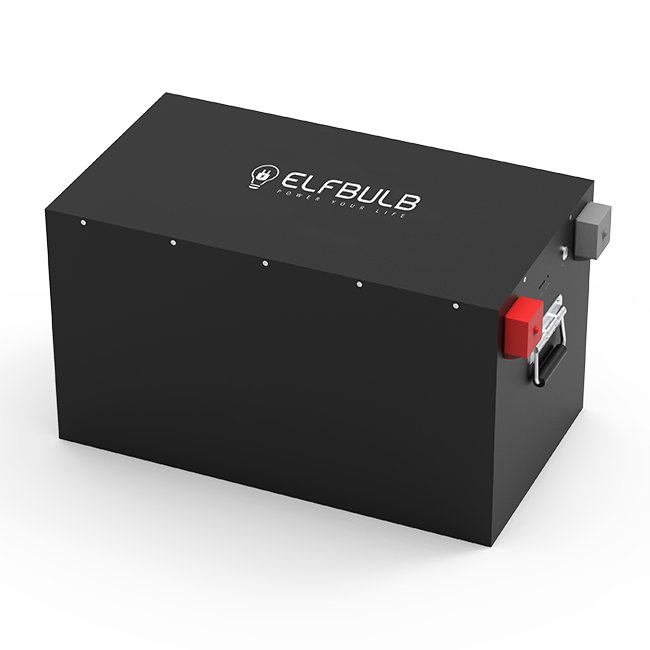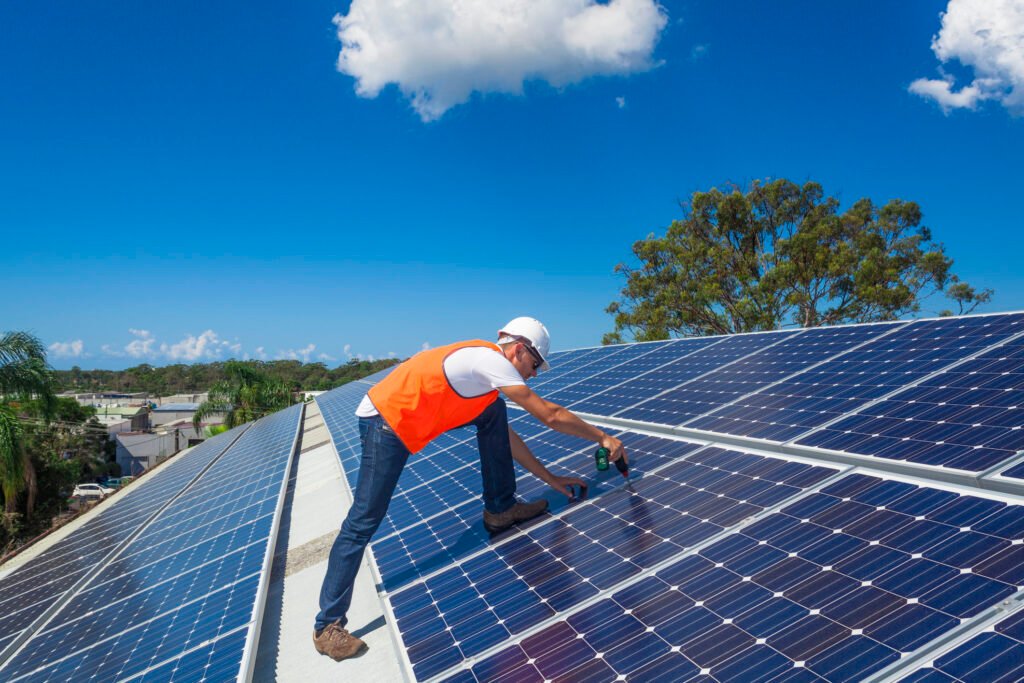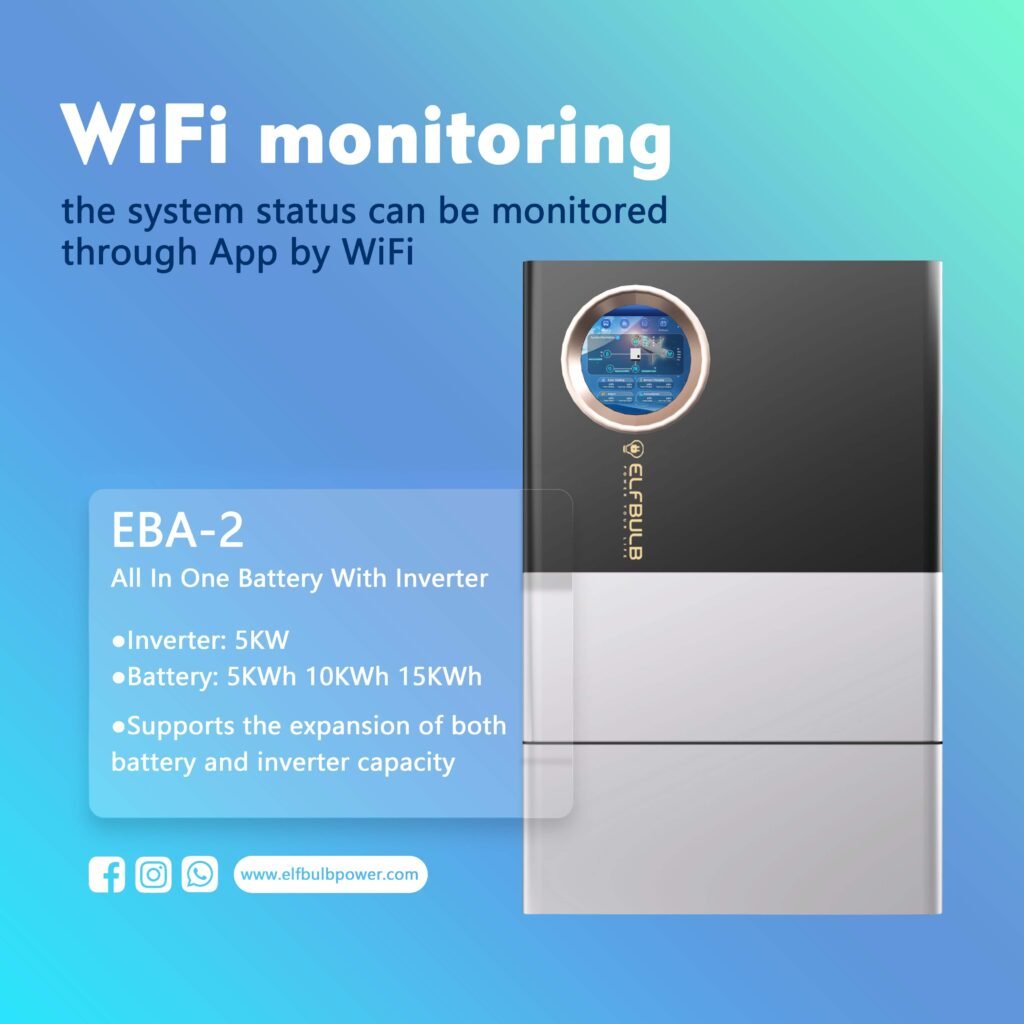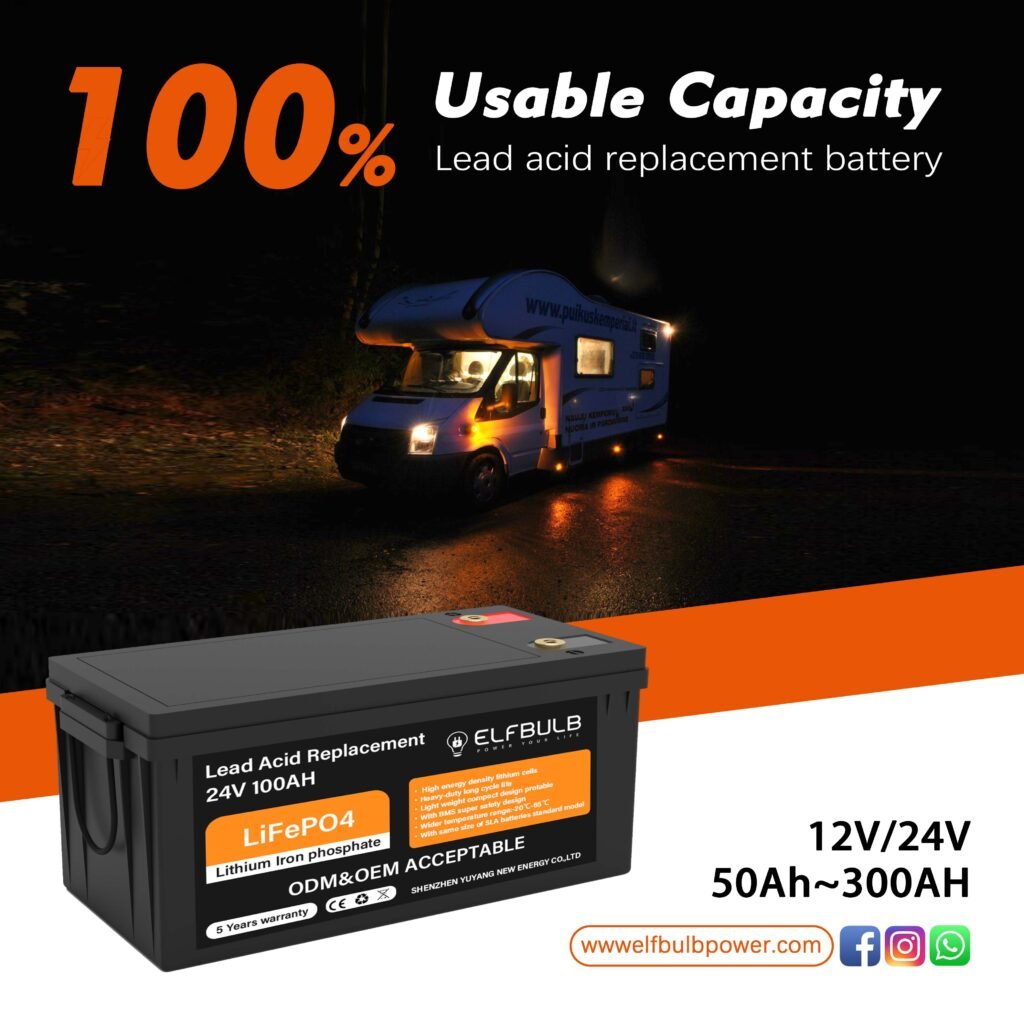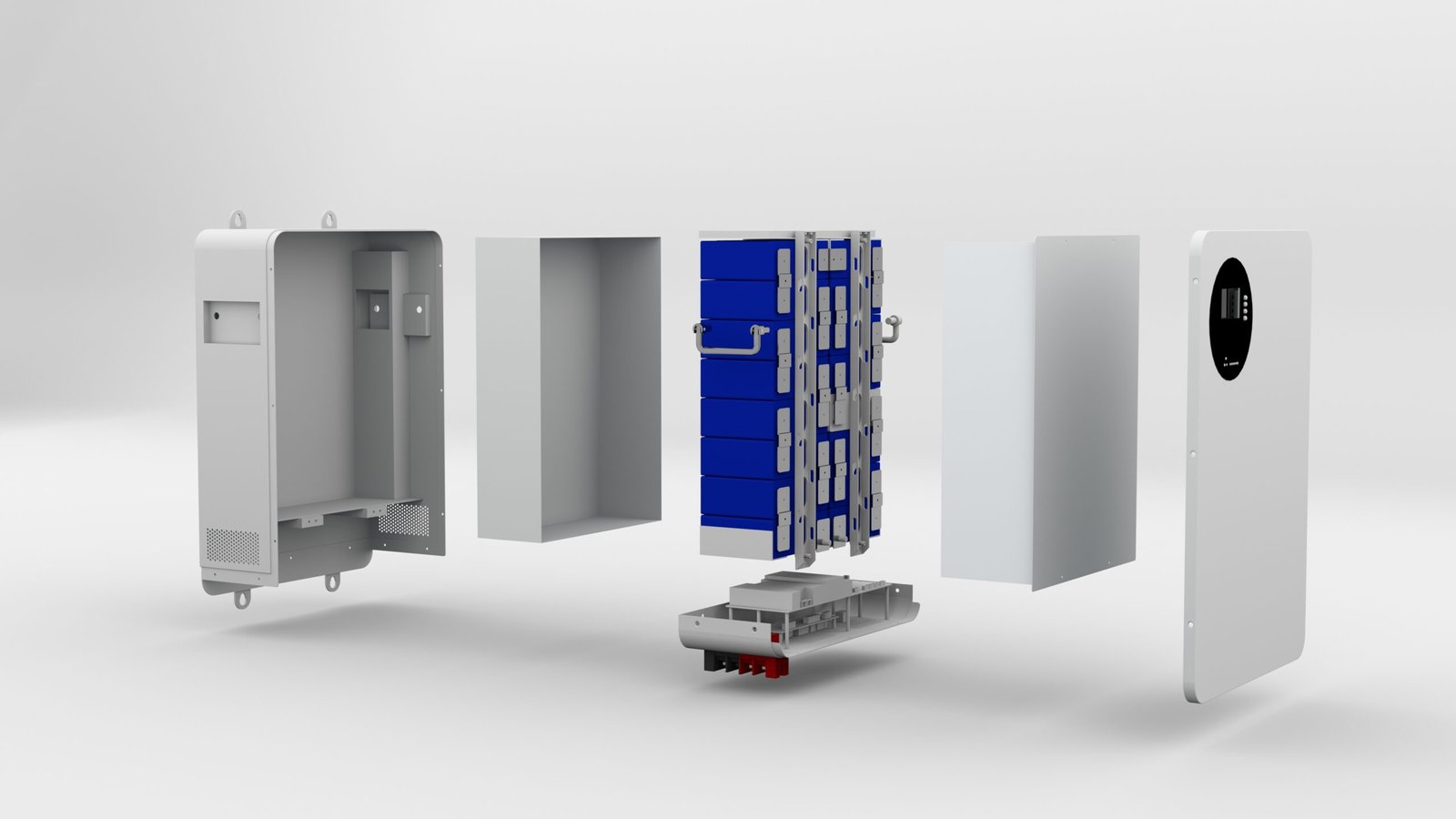When discussing energy storage, two terms that frequently come up are megawatt-hours (MWh) and megawatts (MW). While they might seem similar, they represent two fundamentally different aspects of energy. In this article, we’ll explore the difference between MWh and MW in the context of energy storage.
Megawatts (MW): The Rate of Energy Flow
Megawatts (MW) is a unit of power, which measures the rate of energy transfer or conversion. In the context of an energy storage system, MW refers to the maximum amount of power that can be supplied to the grid at any given moment.
For example, if an energy storage system is rated at 5 MW, it means that it can deliver a maximum of 5 megawatts of power at any instant. This is similar to the horsepower of a car engine, which indicates how much power the engine can produce.
Megawatt-Hours (MWh): The Amount of Energy Stored
Megawatt-hours (MWh), on the other hand, is a unit of energy, which measures the total amount of energy stored or used. In the context of an energy storage system, MWh refers to the total amount of energy that can be stored in the system.
For example, if an energy storage system has a capacity of 20 MWh, it means that it can store 20 megawatt-hours of energy. This is similar to the fuel tank capacity of a car, which indicates how much fuel the car can hold.
The Relationship Between MW and MWh
The relationship between MW (power) and MWh (energy) is defined by time. Specifically, 1 MW of power supplied continuously for 1 hour equals 1 MWh of energy. Therefore, the capacity of an energy storage system in MWh (how much energy it can store) and its power rating in MW (how fast it can deliver that energy) are both important characteristics.
Conclusion
In conclusion, while MW and MWh are related, they represent different aspects of energy storage. MW refers to the rate of energy flow, while MWh refers to the amount of energy stored. Understanding the difference between these two units is crucial when discussing, planning, or implementing energy storage solutions.






